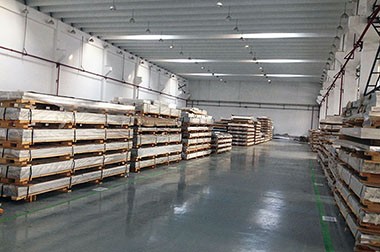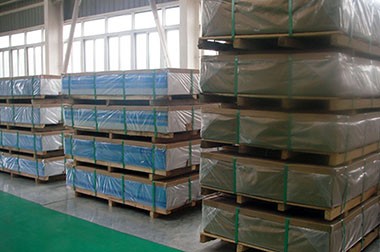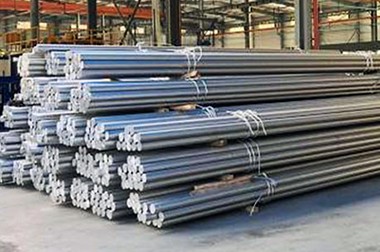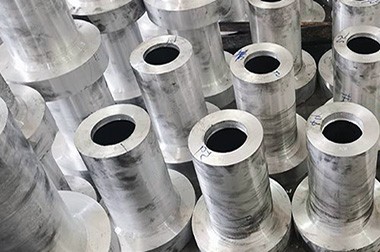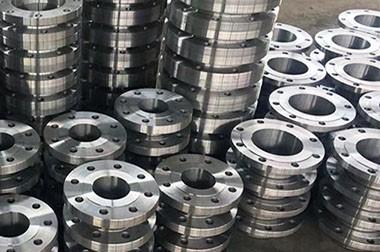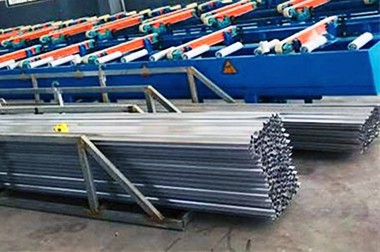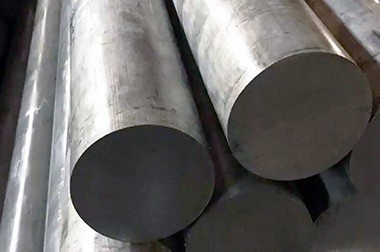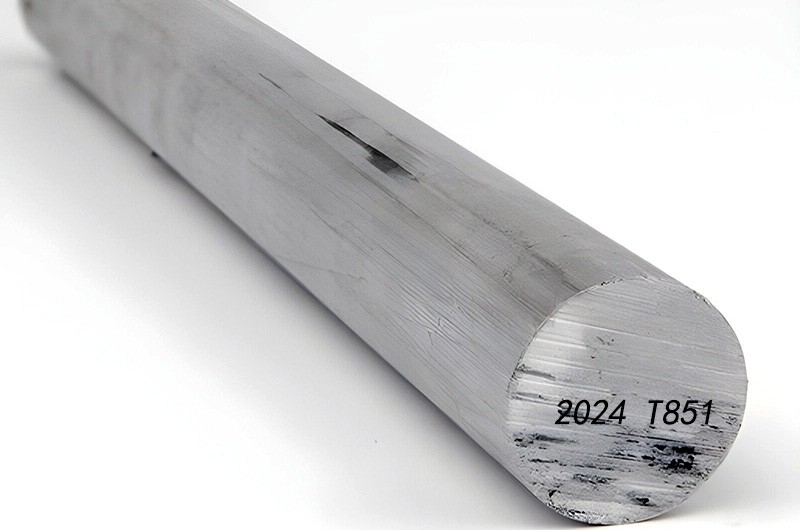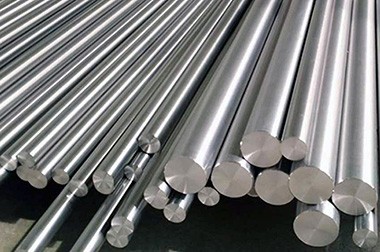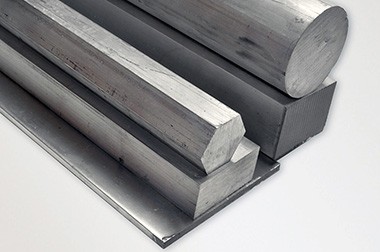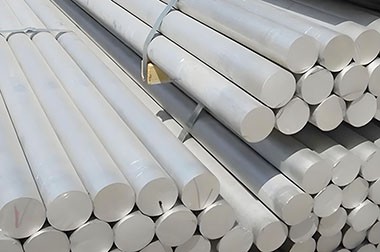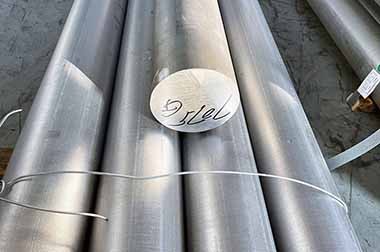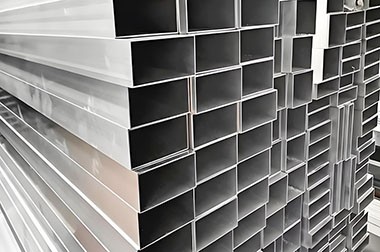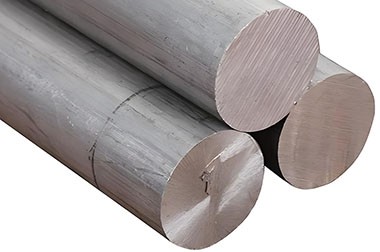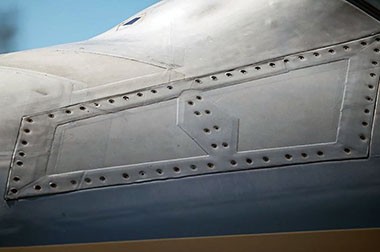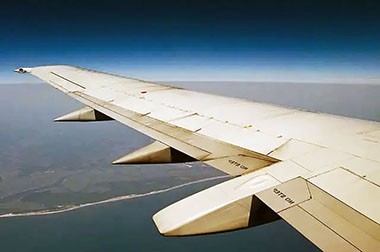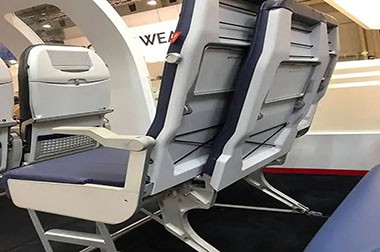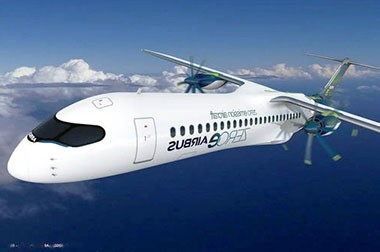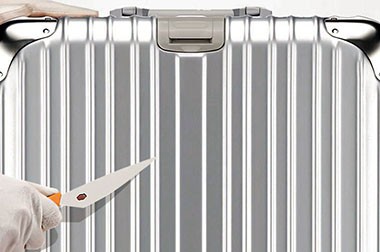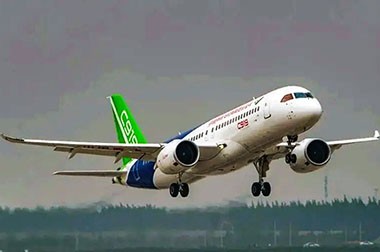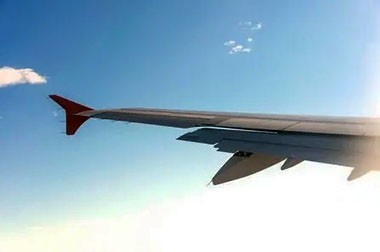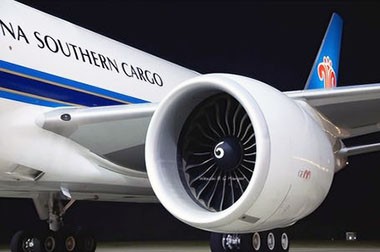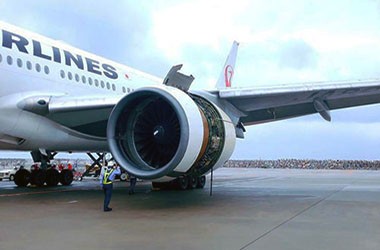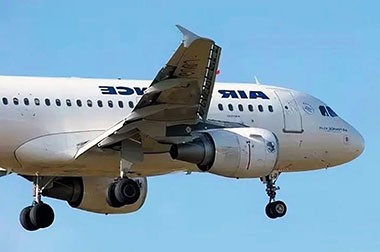2024 7050 7075 Aerospace Aluminum for Horizontal Tail Fittings
In aerospace, horizontal tail surfaces are a crucial part of an aircraft, responsible for stability and control. To ensure the strength, stiffness, and reliability of horizontal tail components, a combination of 2024, 7050, and 7075 aluminum alloys is commonly used.
The application of 2024, 7050, and 7075 alloys in horizontal tail components is primarily due to their high strength and good fatigue performance. The 2024 alloy offers good mechanical properties and machinability, 7050 excels in corrosion resistance and strength, while 7075 is one of the strongest aluminum alloys, suitable for high-load applications. These characteristics ensure the reliability and control performance of the tail surfaces.
Why Choose Aluminum 2024, 7050, and 7075 for Aircraft Horizontal Tail Components
1. Aluminum 2024
Characteristics
- High Strength: Aluminum 2024 is known for its excellent tensile strength, suitable for withstanding high stresses.
- Good Fatigue Performance: It shows good fatigue strength under repeated loads, making it suitable for aerospace applications.
- Machinability: It has good machinability, easy to shape and process, making it suitable for complex structures.
Application
In horizontal tail components, aluminum 2024 is typically used to manufacture load-bearing structures and supports, ensuring effective load resistance during flight.
2. Aluminum 7050
Characteristics
- High Strength and Low Density: Aluminum 7050 excels in strength while maintaining a lightweight profile, helping to reduce the overall weight of the aircraft.
- Corrosion Resistance: After surface treatment, aluminum 7050 exhibits good corrosion resistance, suitable for use in harsh environments.
- Excellent Fatigue Performance: Suitable for structural components subjected to dynamic loads.
Application
Aluminum 7050 is commonly used in key components of horizontal tail surfaces, such as joints and frames, providing necessary stiffness and strength to ensure reliable performance of control surfaces.
3. Aluminum 7075
Characteristics
- Ultra High Strength: Aluminum 7075 is one of the highest strength aluminum alloys on the market, suitable for applications subjected to extreme loads.
- Good Fatigue Resistance: Aluminum 7075 performs excellently under repeated loads, making it suitable for long-term use in aerospace structures.
- Machinability: Despite its high strength, aluminum 7075 still possesses good machinability, suitable for manufacturing complex parts.
Application
In horizontal tail components, aluminum 7075 is typically used to manufacture heavily loaded parts, such as hinges and support structures, ensuring maximum strength and stiffness during flight.
Chemical Composition of Aircraft Aluminum 2024 and 7075
- Aluminum 2024 primarily contains copper as its alloying element, typically containing 3.8%-4.9% copper, 0.5%-1.2% magnesium, and 0.3%-0.9% manganese.
- Aluminum 7075 primarily contains zinc as its alloying element, containing 5.1%-6.1% zinc, 2.1%-2.9% magnesium, 1.2%-2.0% copper, and a small amount of chromium.
Chemical Composition of Aluminum 2024
| Chemical Composition % | 2024 Alloy | 2A12 Alloy |
| Si | 0.5 | 0.50 |
| Fe Cu | 0.5 | 0.50 |
| 3.8 - 4.9 | 3.8 - 4.9 | |
| Mn | 0.3-0.9 | 0.3-0.9 |
| Mg | 1.2-1.8 | 1.2-1.8 |
| Cr | 0.10 | - |
| Ni | 0.10 | |
| Zn | 0.25 | 0.30 |
| Ti | 0.15 | 0.15 |
| Zr | - | - |
| Al | Remainder | Remainder |
Chemical Composition of Aluminum 7075
| Element | Composition(%) |
| Si | 0.40 |
| Fe | 0.50 |
| Cu | 1.2-2.0 |
| Mn | 0.30 |
| Mg | 2.1-2.9 |
| Cr | 0.18-0.28 |
| Zn | 5.1-6.1 |
| Ti | 0.20 |
| Other | 0.20 |
| Al | Remainder |
Combining aluminum alloys 2024, 7050, and 7075 allows for the optimal utilization of their respective advantages, ensuring that horizontal tail components have the necessary strength, stiffness, and durability. This alloy combination not only withstands the various stresses generated during flight but also ensures the sensitivity and reliability of the control surfaces, thereby enhancing the overall performance and safety of the aircraft.
Users viewing this material also viewed the following
-
2024 T3 T4 Aerospace Aluminum Sheet Plate
2024 T3 and T4 aluminum alloys are high-strength materials and are suitable for structural parts that require high strength and low weight, but they have certain limitations in corrosion resistance and weldability.
-
7050 T7451 Aircraft Aluminum Plate Sheet
7050 T7451 aircraft aluminum plate is a zinc alloy aluminum alloy, mainly used for structural parts that require high strength and corrosion resistance.
-
7075 T6 T651 T7351 Aircraft Aluminum Plate
7075 aerospace aluminum contains zinc as the main alloying element, has excellent mechanical properties and corrosion resistance, and is suitable for manufacturing structural and load-bearing parts.
-
2024 T3 T351 Aerospace Aluminum Rod Bar
2024 aluminum bars and rods excel in high-strength, lightweight applications but require corrosion protection. Their performance varies significantly with temper, making them versatile for aerospace, automotive, and industrial uses.
-
7050 T74511 T76511 T73511 Aerospace Aluminum Bars
7050 aerospace aluminum bar is a high-strength aluminum alloy, widely used in the aerospace, military, and high-performance industrial sectors.
-
7075 Aerospace Aluminum Bar Rod
7075 aluminum belongs to the 7000 series and is one of the strongest aluminum alloys available. Its primary alloying element is zinc, along with small amounts of magnesium and copper.
-
7050 Aerospace Grade Aluminum Forging
7050 aluminum forgings are widely used in the manufacture of fuselage structural parts, wing beams, landing gear components, etc. due to their excellent strength, corrosion resistance and weldability.
-
7075 Aerospace Aluminum Forging
7075 belongs to the aluminum-zinc alloy series. 7075 aluminum forgings are particularly suitable for aerospace, military and high-performance engineering fields.
-
2024 Aerospace Aluminum Forging
The aerospace sector also chooses forged 2024 aluminum alloy for its outstanding fatigue resistance, especially in structural components that must endure repeated loads.
-
2024 Aerospace Aluminum Extrusion
In terms of processing, 2024 aluminum is typically formed through hot extrusion, making it suitable for manufacturing complex-shaped profiles such as frames, brackets, and components.
-
7050 Aerospace Aluminum Profile Extrusion
7050 aluminum alloy profiles are suitable for producing large structural components with thick cross-sections, such as aircraft wing beams, fuselage frames, landing gear, and supporting structures.
-
7075 Aerospace Aluminum Profile Extrusion
7075 aluminum extrusions are used in the aerospace field to ensure the reliability of aircraft structures in high-strength environments while meeting the demands of lightweight design.
-
2024 Aluminum Round Bar is an aluminum alloy round bar with excellent strength and fatigue resistance, widely used in aerospace, automotive, machinery, and industrial fields.
-
2024 T851 aluminum round bar is a high-strength, medium-corrosion-resistant alloy, and its properties make it suitable for a wide range of applications, including construction, automotive, and aerospace industries.
-
2024 Aluminum Flat Bar is an aluminum material with a rectangular cross-section made from 2024 aluminum alloy. Compared to round aluminum bars, it has different mechanical properties and manufacturing advantages.
-
The 2024 T4 Aluminum Round Bar is a widely used aluminum alloy product, especially suitable for applications that require a good balance between strength and corrosion resistance.
-
2024-O Alclad aluminum alloy sheet is a high-strength aluminum alloy with excellent ductility and corrosion resistance, widely used in the aerospace field, particularly for aircraft structural components and external skins.
-
2024 cold rolled aluminum bar is an aluminum alloy product based on 2024 aluminum alloy, processed into shape through cold rolling.
-
2024 T3 Alclad aluminum plate is a special material that combines the strength and corrosion resistance of aluminum alloys with advanced surface treatment to enhance its performance in various applications.
-
Buy high-quality 7050 aluminum round bar stock for extreme durability and fatigue resistance. Ideal for structural components, military hardware, and marine environments. Includes competitive pricing, volume discounts, and tailor-made cutting services.
-
As a professional aluminum alloy material manufacturer, we provide 7050-T7451 aerospace-grade aluminum round bars that meet AMS 4050/AMS 4052 standards. We support custom diameters and lengths, and provide material certificates, third-party inspection reports, and professional technical support to ensure 100% compliance with material performance standards.
-
As a leading manufacturer of 7075 aluminum tubing, our tubing is precision engineered to provide exceptional resistance to stress and corrosion. Work with us to customize diameters, wall thicknesses, and lengths—built to withstand extreme environments.
-
As a trusted 7075 aluminum manufacturer, we specialize in producing premium ASTM/AMS certified aluminum flat bars with excellent strength-to-weight ratio.
-
Manufacturer of premium 7075-T6 aluminum round bars, offering unmatched strength, corrosion resistance, and durability. Ideal for aerospace, automotive, and military applications.
-
We offer direct sales of high-strength 7075 aluminum bars, supporting customization of round bars, square bars, and hexagonal bars (Φ3mm-250mm). Precision machining and surface treatment services are available. In-stock supply with quality compliant with national standards.
-
As a leading manufacturer, we offer 7075 T73 aluminum round bars that comply with ASTM B211, AMS 4122, and AMS 4124 standards, ensuring reliability in critical environments.
-
As a professional 7075 aluminum alloy square tube manufacturer, we provide high-strength, corrosion-resistant seamless aluminum square tube customization services. Through cold treatment forging process, it has excellent fatigue resistance and machining characteristics.
-
Our factory specializes in the supply of 7075-T7351 aluminum alloy round bars, which meet the ASTM B211 standard, with a diameter of 1/4"-3" and available for direct shipment. Customized cutting and technical solution optimization are supported.
-
Our 7075 aluminum hex bars are manufactured according to ASTM B211/B221 and AMS-QQ-A-225/9 standards, with custom sizes (imperial and metric) and cold-finished surfaces to ensure strict tolerances and smooth processing.
-
As a professional manufacturer of 7075 aluminum alloy round tubes, we provide high-strength, lightweight, and fatigue-resistant aerospace-grade seamless aluminum tube solutions.
-
As a high-strength aerospace-grade aluminum alloy manufacturer, 7075-T73511 extruded rectangular bars are designed for demanding conditions. By choosing our products, you get aerospace-certified solutions that help propel your project efficiently.

